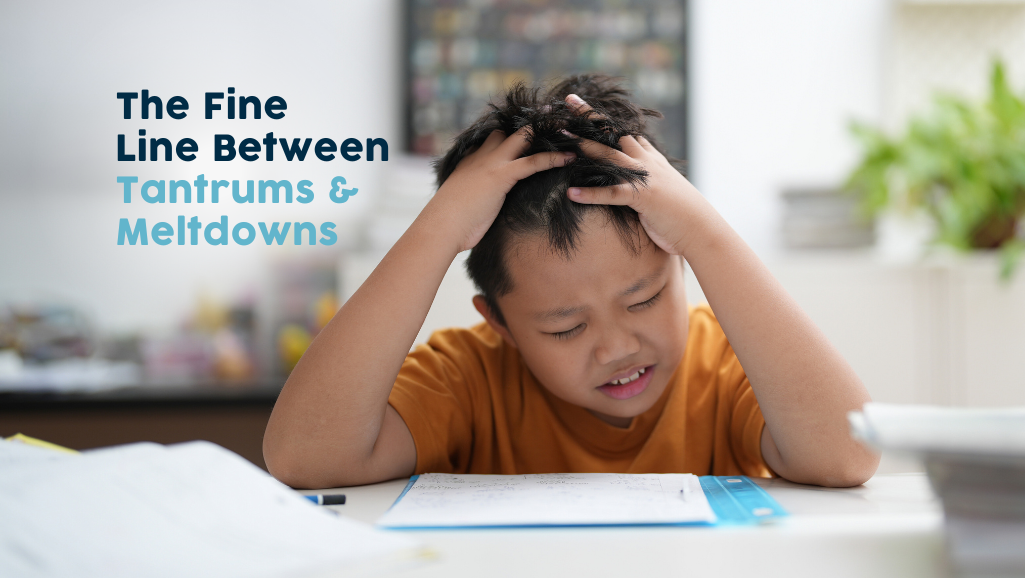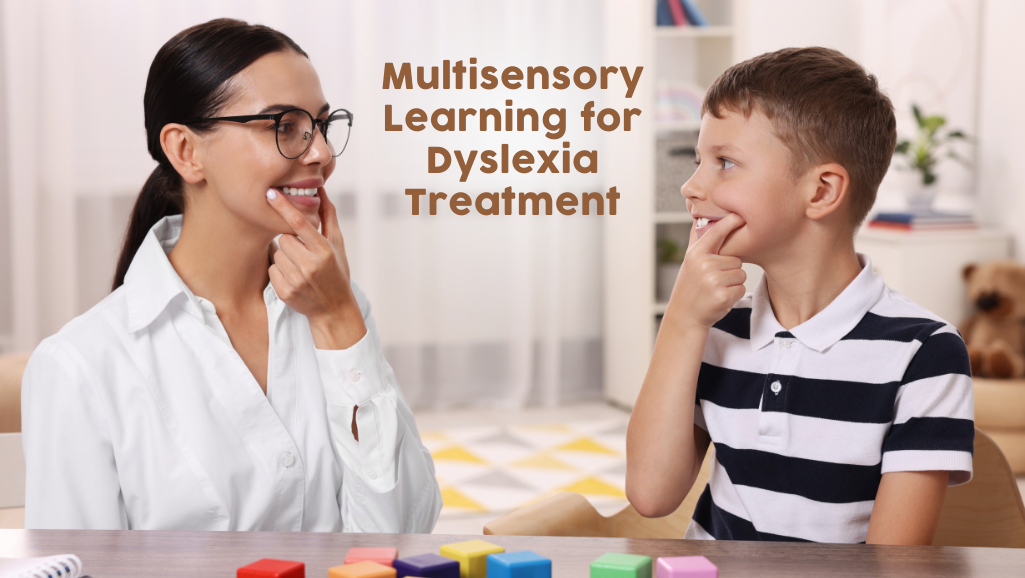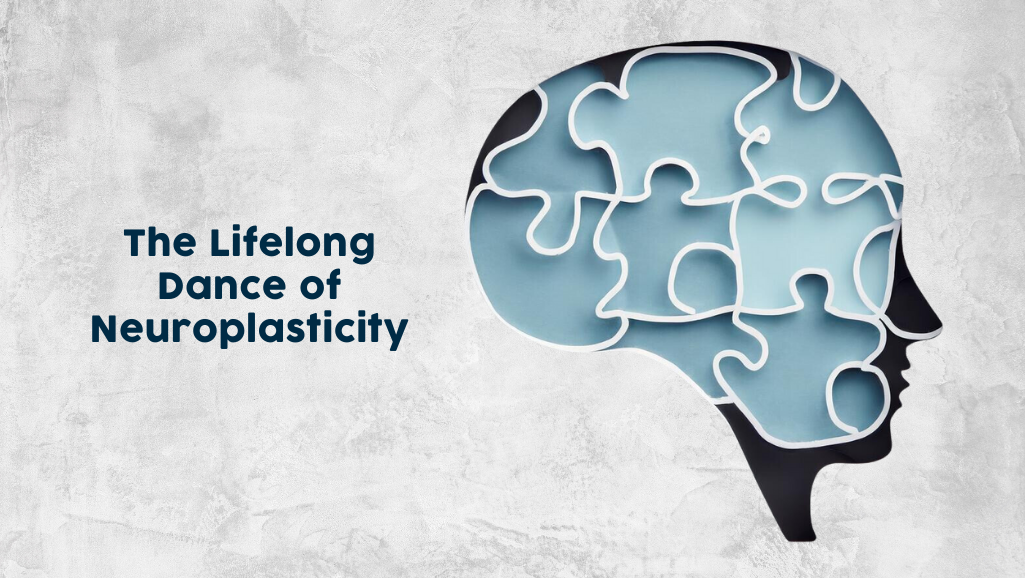Table of Contents
ToggleOne of the most challenging aspects of parenting is managing temper tantrums or meltdowns.
You might recognise it’s been a long day. You might understand that your child feels tired or overwhelmed. You may even see the funny side. But it’s still not easy to be confronted with a child who is screaming, crying or lashing out because:
- The soap wasn’t soapy enough.
- She couldn’t get rid of her shadow.
- The cheese on his pizza was ‘too melted’.
- She wasn’t allowed to play with butter in the bath.
So, what’s going on? What are tantrums? How do they differ from meltdowns? And what should you do?
Toddler tantrums
Tantrums are common, particularly in toddlers (aged 1-3). Older kids may still throw tantrums if they haven’t yet found ways to manage their feelings.
Tantrums can be quite a sight to behold. In the grip of a tantrum, your child may:
- Scream
- Cry
- Lash out by kicking, punching or throwing things
- Lie on the floor
- Hold their breath
- Vomit
- Break things.
Tantrums are a way to express big feelings like anger and frustration, which they may not have the words for yet. Tantrums may also be a way your child seeks to gain control of a situation they don’t like.
Your child may be more likely to throw a tantrum if they:
- Are easily upset by change
- Feel tired, hungry, stressed or overstimulated
- Experience a real or perceived injustice – like an older child taking their toy or their parent declaring it’s time to go home from a playdate
- Are experiencing strong emotions like anxiety, fear, shame or anger.
Part of growing up is learning how to self-regulate – how to handle tricky situations without losing it. Children gradually learn how to do this, often through your instruction and example.
Here’s how you can help:
- Anticipate tantrum triggers such as hunger, tiredness or overstimulation and plan around them by ensuring your child eats regularly or has a nap before you go shopping.
- Help your child develop their emotional vocabulary so they can name their feelings – you might say something like, ‘You were so close to winning the game and then your sister beat you. If that happened to me, I’d probably feel frustrated and disappointed.’
- When your child is calm, review the situation with them and help them think of how they could have handled it differently.
- Praise your child when they handle a tough situation without throwing a tantrum.
- Model healthy ways of managing stress – ‘Look at all this traffic! The journey’s taking ages. I think we’re going to be late for our appointment now but we can’t get there any faster. I’ll call them and let them know we’re doing our best to get there.’
Adult tantrums
Of course, toddlers aren’t the only ones who throw tantrums. Grown adults sometimes have trouble managing their emotions too, resulting in angry outbursts. That may happen if an adult:
- Tends to suppress their feelings until the lid blows off
- Have unresolved issues from their childhood
- Are experiencing many ongoing stressful situations and just can’t handle another one
- Have an undiagnosed condition like autism or Tourette’s.
Tantrum vs meltdown
Though the words are often used interchangeably and the behaviour may seem similar, there are important differences between tantrums and meltdowns.
Tantrums are a normal part of development for neurotypical and neurodivergent children. As they grow older, most children grow out of tantrums because they’ve learnt to express their feelings appropriately, appreciate the wider context (it’s time to go home!) and exert self-control.
Meltdowns, though, are mainly experienced by neurodivergent kids – those with conditions like autism or ADHD. An autistic meltdown or an ADHD meltdown is not the result of poor behaviour. It’s an intense response to an overwhelming situation.
Managing meltdowns
Try to work out what has caused your child to feel overwhelmed. Once you know that, you may be able to intervene earlier in the process to prevent a meltdown.
A meltdown due to autism may happen due to:
- Sensory overload – too much noise, light, smells or touch (including fabrics or tags) may be overwhelming
- Unexpected changes in routine
- Difficulties communicating wants or needs.
If your child struggles with sensory overload, you may be able to prevent a meltdown by reducing sensory input. That could involve:
- Going out at quieter times
- Using headphones to block out loud noises with calming music
- Wearing dark glasses to reduce light
- Creating a soothing sensory space using dim lighting, weighted blankets, and fidget toys, for example.
Many autistic people experience the ‘rumble stage’. This is a pre-meltdown period where they show signs of feeling close to overwhelm such as:
- Pacing
- Asking repetitive questions for reassurance
- Rocking or becoming very still.
If you can become familiar with a child’s rumble signs, you may have the opportunity to intervene and prevent a meltdown by:
- Providing a distraction
- Using calming strategies like fidget toys or music
- Removing triggers – e.g. going somewhere quiet and soothing.
Similar strategies may help with ADHD meltdowns.
Staying calm
Whether you’re dealing with a toddler tantrum or an autism or ADHD meltdown, it’s hard to watch. If you’re in public, you may feel embarrassed or judged. If you’re at home, you may find you’re judging yourself harshly!
Sometimes, it’s all too much. You find yourself practically having a tantrum of your own in response!
If that sounds like you, then try to:
- Take a few deep breaths to calm yourself down
- Check your inner voice – are you being your own harshest critic?
- Respond calmly – if the tantrum is happening because you’ve drawn a boundary, then just calmly repeat the rule, e.g. ‘We’ll go to the park once you’ve put both your shoes on’
- Articulate feelings – e.g. ‘I can see you’re upset because you really want that toy’
- Reiterate boundaries – e.g. ‘It’s OK to feel upset but you cannot throw things.’
Don’t mock your child for their big feelings and don’t try to reason with them yet. Once they’ve calmed down, you can have a calm conversation about what happened.
Any parent dealing with regular tantrums or meltdowns needs support. That can come from friends or family or from professionals, such as those at Neurofit.
How Neurofit Brain Centre can help
At Neurofit Brain Centre, we believe that brain activity makes an active difference. We use evidence-based therapies that support a holistic approach to managing your child’s behaviour.
If you’d like to learn more about our brain-based approach to managing autism or ADHD, please contact us.
Disclaimer
All information is general and is not intended to be a substitute for professional medical advice. Neurofit Brain Centre can consult with you to confirm if a particular treatment approach is right for you.
References
- HuffPost, Funny tweets about the reasons for kids’ tantrums, https://www.huffpost.com/entry/kids-tantrums-reasons-tweets_l_62a81139e4b06169ca8fb9a2, [Accessed 7 May 2025]
- Raising Children, Tantrums: Why they happen and how to respond, https://raisingchildren.net.au/toddlers/behaviour/crying-tantrums/tantrums, [Accessed 7 May 2025]
- Healthline, The lowdown on adult tantrums, meltdowns and rage attacks, https://www.healthline.com/health/mental-health/adult-tantrums, [Accessed 7 May 2025]
- National Autistic Society, Meltdowns, https://www.autism.org.uk/advice-and-guidance/topics/behaviour/meltdowns/all-audiences, [Accessed 7 May 2025]
- PsychCentral, ADHD meltdowns, https://psychcentral.com/childhood-adhd/adhd-kids-9-tips-to-tame-tantrums#9-tips, [Accessed 7 May 2025]
- Parenting SA, Tantrums – Parent easy guide, https://parenting.sa.gov.au/easy-guides/tantrums-parent-easy-guide, [Accessed 7 May 2025]








